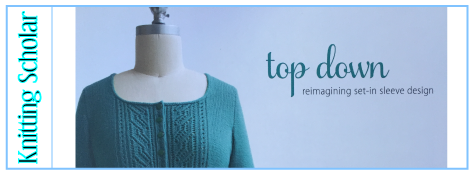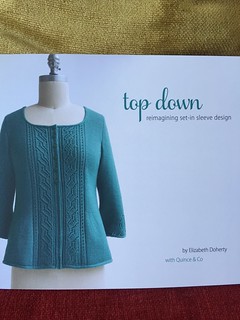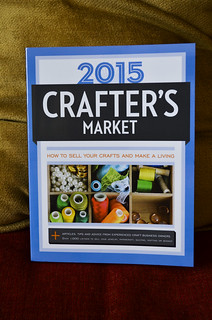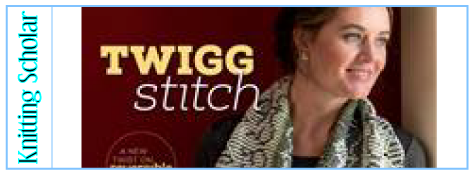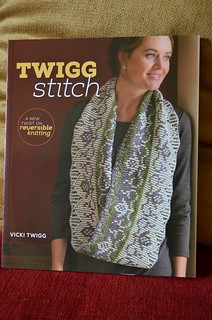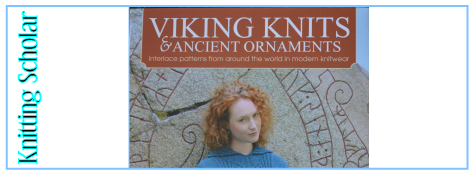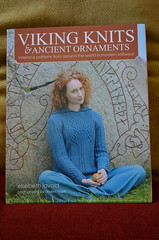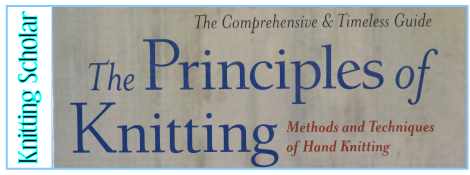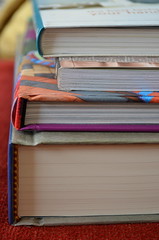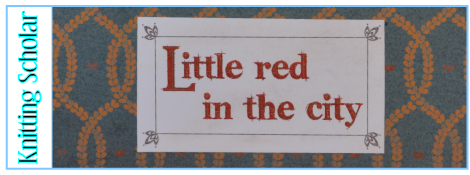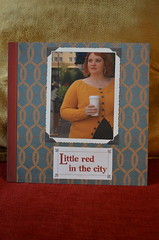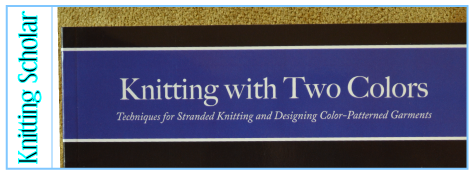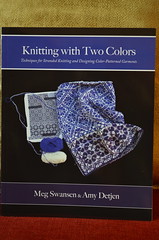First, the facts:
Title: Top Down: reimagining set-in sleeve design
Author: Elizabeth Doherty
Published by: Quince & Co., 2015
Pages: 116
Type: Patterns and Techniques
Chapters:
Set-in Sleeve Basics
Patterns
The In-Depth Look:
Knitting books sponsored by yarn companies can be hit-or-miss. They’re main objective, after all, is to sell yarn, so they’re not always overly concerned for the quality of the patterns, or a well-thought-out process, so long as the finished designs photograph well.
And then there are books that make you nod and say, ‘Yes, that’s how it should be done.’
The purpose of this book is to explore different ways of knitting top-down sweaters with set-in sleeves. Pam Allen writes in the forward, “Knitting a sweater from the neck down isn’t new. Barbara Walker wrote her revolutionary book Knitting From The Top Down in 1972. But… Advantages aside, not everyone wants a raglan sweater. Some prefer the tailored look of a sweater with a classic set-in sleeve. Elizabeth Doherty, fan of both top-down knitting and set-in sleeve structure, has, through painstaking experiment, tweaked Walker’s basic picked-up set-in sleeve method to create perfect seamless sleeve caps that look and fit as nicely as any knitted from the cuff up.”
Well, as a knitter who loves knitting top-down, one-piece sweaters, this is practically a siren call. How could I resist?
What follows is Elizabeth Doherty’s exploration of sleeves and sweaters. What does a set-in sleeve need to do, how does the cap need to be shaped, how does it need to fit? For that matter, how do you fit a sweater with set-in sleeves properly? She answers all these questions with words and images to help the knitter visualize exactly what needs to happen for her own sweaters–and what she might need to tweak as she goes.
This followed by actual sweater patterns, six of them, cardigans and pullovers alike. Some are quite simple, others more complex, all are lovely, with details nicely photographed.
About my only complaint with this lovely, informative book is that the landscape-orientation is going to make it really hard to fit on my bookcase, because, yes, I plan on keeping this one around.
You can get this book at your local yarn shop or order it from Amazon.com.
Want to see bigger pictures? Click here.

This review copy was kindly donated by Quince & Co. Thank you!

